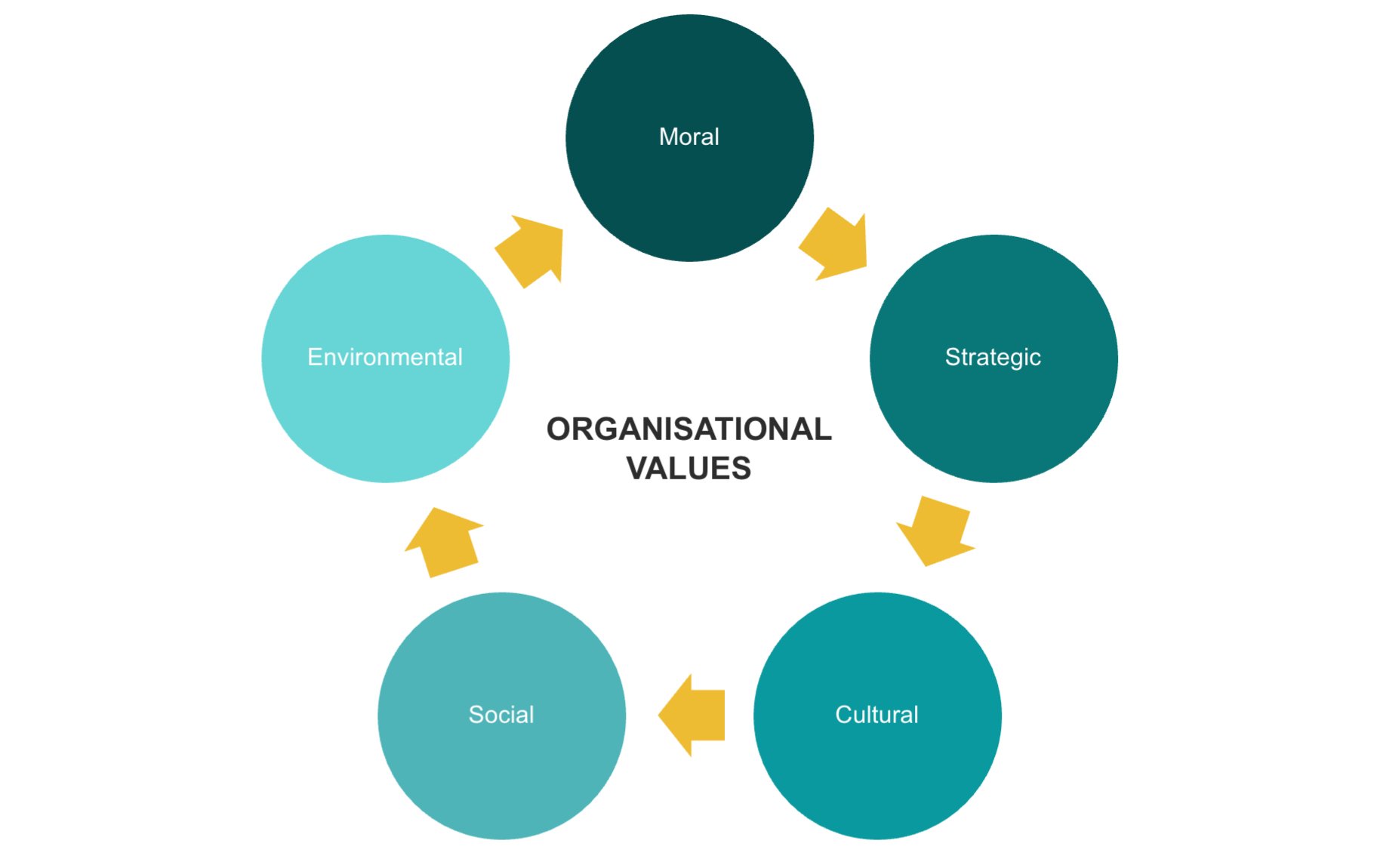How a shift in employee expectation has impacted talent attraction, productivity and engagement
Here we explore changes in employee expectations, why these changes impact talent attraction and retention, and how clear alignment of organisational values with these expectations can enhance productivity and engagement.
Personal values and organisational alignment
As we see organisations increasing their focus on ESG, staff awareness of their organisation's goals, values, ethics, and morals both for today and the future is also growing. As a result, the positioning of these factors with personal views has become significantly influential when evaluating employment opportunities.
One of the benefits of working for an organisation that shares your personal values is heightened job satisfaction. Put simply, when your values resonate with those of your employer, your work feels more meaningful and fulfilling.
Workplace types of the future
Post-pandemic, numerous studies have aimed to predict what the office of the future might look like and often underpinning these predictions are organisational values. Many recent studies have found commonality in 4 workplace types that we may see emerging by 2030, with most organisations being able to identify with one of these categories strongly. Research by Unily summarises the commonality between these studies, identifying 4 future workplace types:
The Emotional Workplace places culture, wellbeing, social capital and trust at its core.
The Physical Workplace places emphasis on presence in the working environment, physical interaction and the purpose of a role being location-connected.
The Technological Workplace focuses on innovative ways of working and business models driven by technological developments.
The Purposeful Workplace is constantly evolving ideas and working practices, placing importance on colleague engagement.
Aligning business and personal values with workplace types
Reviewing these concepts shows that workplace methodologies, values and ways of working are interlinked. For instance, a Technological Workplace requires an environment configured to support technological advances, with working practices that enable employees to utilise technology in various innovative ways.
Some organisations of this type will require little physical presence in the office and space for items or documents to be stored. They will however need more space and security for data and equipment. When considering the cultural values of this business, innovation, creativity and communication for example, are likely to be at the fore.
Conversely, an Emotional Workplace might attract individuals with strong views on environmental, political, or social issues, while a Physical Workplace suits those valuing in person presence and face-to-face interaction.
‘Your personal core values define who you are, and a company’s core values ultimately define the company's character, culture and brand.‘
Tony Hsieh
Impact on talent attraction, productivity and motivation
With these workplace examples and associated values in mind, we can further explore to what extent the values of an organisation can influence the decisions of both existing and prospective employees.
A survey by Gartner shows a clear priority shift post-pandemic. Over half of those questioned place a different value on aspects of their life outside of work. More than half also now desire to contribute more to society while also questioning the purpose of their day-to-day jobs.
Another survey of more than half of US employees found that 54% cited that they would be willing to take a pay cut in order to work with a company that shares their values. 56% said they wouldn’t even consider a job with a company that has values they disagree with, and 40% of workers would quit their job if an organisation took a stand on a political issue they disagreed with.
This trend appears to become stronger among younger generations, with 68% of Gen Z workers only willing to work with a company that shares their values, whilst 35% of Boomers share the same opinion.
These examples highlight the importance of identifying, aligning, and communicating organisational values with your working model and the demographic you want to attract.
Embodying and communicating organisational values
Organisational values should be evident in policies on work location, ways of working, environment configuration, technology use, communication methods, and management practices. When values are embodied throughout the business, employees feel a common purpose, leading to more profound dedication and motivation.
Achieving a positive impact on talent attraction, productivity and engagement
As part of a broader ESG agenda, organisations are investing more time in establishing and promoting robust core values and objectives to their current and future demographics. This is not only within the workplace but through social media, visitor and client engagement and corporate messaging.
Clear identification of goals and desired talent enables the creation of a workplace model with aligned values, making it easier for potential employees to identify suitable employers.
When working with clients through a workplace strategy process, we view these questions as a way to establish and convey messages that will attract the right type of person to an organisation and foster a stronger sense of purpose, productivity, and engagement.
The importance of ensuring alignment with employee values
When purpose, goals, values and environment are inconsistent, culture and communication become confused. This misalignment can often lead to staff disengagement in an era of transparency around these topics. This leads to challenges in implementing working policies, embracing change, or increasing attrition.
If the workplace models explored are indeed the future, then spending time establishing and promoting core values and objectives will only increase in significance. As a result, re-evaluating the workspace, policies, tools, technologies, and behaviours that naturally follow will be the key to unlocking an engaged and aligned workforce that is motivated and personally passionate about the business they work for.
How can we support you?
As part of our workplace strategy and design approach, we will work with you to understand your business and position your real estate decisions in alignment with your goals and objectives. We can help you create the vision for your future workplace and identify how this will enable your organisation to achieve its future goals, creating an optimised working environment that attracts and retains the best talent.
Get in touch to find out more.



